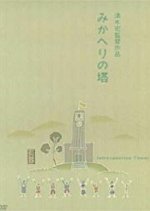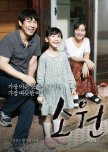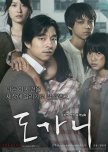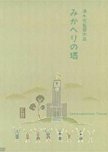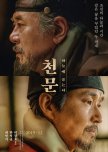Problem kids come to a reformatory school where they live, study and work. Here there are no fences and no one is ever beaten. The kids steal, play pranks, run away and help fix a water problem. Reformed kids introspect and go back home. Edit Translation
- English
- magyar / magyar nyelv
- dansk
- Norsk
- Native Title: みかへりの塔
- Also Known As: Mikaheri no Tou , みかへりの搭 , Mikaheri no To
- Screenwriter & Director: Shimizu Hiroshi
- Genres: Drama
Cast & Credits
- Miyake KunikoMs. NatsumuraSupport Role
- Nagao HiroshiMr. ImamuraSupport Role
- Ryu ChishuMr. KusamaSupport Role
- Nara ShinyoDirectorSupport Role
- Konoe ToshiakiMr. MizunoSupport Role
- Shinobu SetsukoSuzukiSupport Role
Reviews

This review may contain spoilers
All can be done if you try, none can be done if you don't
Set in a reform boarding school, Introspection Tower is the home to troubled children or children of troubled parents. Unlike many stories with communal living, there is no abuse in the story. The school is progressive and the teachers lead by example in regards to turning unacceptable behavior into acceptable, well mannered behavior.The children live in communal housing with teachers in each house who are called "Mom" and "Dad". The children are encouraged to think of each other as brothers or sisters. Boys and girls are in charge of housekeeping and cooking taking turns with some of the chores. They also do ground maintenance and gardening. This is in addition to taking regular school classes and doing vocational work which benefits the school as customers order their handiwork. Parents are encouraged to visit and write often as the children are encouraged to write to the parents.
The stand out point in the film is when the problematic water well begins to run dry and water has to be diverted from a lake by digging a canal. Lacking the funds to have it done, the children and teachers work together to accomplish the colossal task.
Director Shimizu keeps the camera at a distance capturing the movement and energy of the children. There is no main character, though four children seem to be at the heart of most of the disturbances. Three teachers also feature into the stories. The stories were divided into vignettes as children behaved badly---stealing, lying, fighting, or attempting to run away and then confessing and apologizing. The teachers often felt as if they weren't making a significant difference in the children's lives. With the stories darting about erratically it could be hard to keep up with or care about the characters very deeply.
Despite the fact it was filmed during World War II, no mention is made of the global conflict. For me, it was hard to escape this particular shadowy specter in this place designed to enforce the idea of a hard working, well mannered communal society. Watching twelve-year-olds use pickaxes and shovels doing dangerous work was disconcerting as they dug the canal through treacherous terrain. While its purpose was to showcase how constructive work benefitted the group, these were children with no autonomy and no compensation essentially coerced into doing work for which they were not properly trained or equipped at the risk of their lives and health. This element felt more like propaganda than good storytelling.
Despite the quality camerawork and scenery, I found the narrative confusing and at times disturbing and the movie overlong. While I can appreciate the desire to have a more progressive look at the raising of children, especially in the stories of these complex children, the troubling parts of this movie weighed heavier than the lighthearted tones behind them for me.
7/29/22
Was this review helpful to you?
Recommendations
There have been no recommendations submitted. Be the first and add one.








